A mood is created in a photograph when it allows the viewer to place themselves in the moment, or it causes them to remember a moment that stirs up an emotional reaction. It’s a complicated subject, but it’s imperative for photographers to understand how to express different moods in their images.
Final reminder! Only hours left for the Rich & Vibrant Color Photo Guide at 71% Off
Getting the Right Mood Across to a Viewer
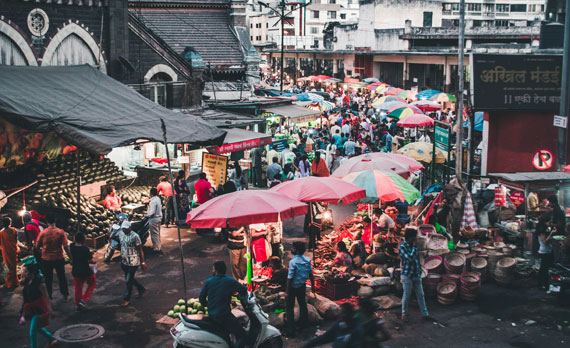
Photo captured by Atharva Tulsi; 29mm, f/4.5, 1/40s, ISO 400
Warm colors, including yellow, often evoke feelings of happiness, optimism and energy, which is in direct opposition to the woman’s pose in the photo above. Her expression and the choice of camera angle emit a more somber and thoughtful mood.
Critical Thought: When you’re trying to establish a mood in your photos, make sure you don’t send mixed signals to your viewer. Pay special attention to the lighting, background, pose, props and expression to ensure that they all project the mood you wish to convey.
Discovering How Color Affects Mood
Color weighs heavily upon the mood of a photo. Color theory is an entire industry. It influences everything from the paint you’ll find at local hardware stores to how a grocery store organizes their fruits and vegetables.
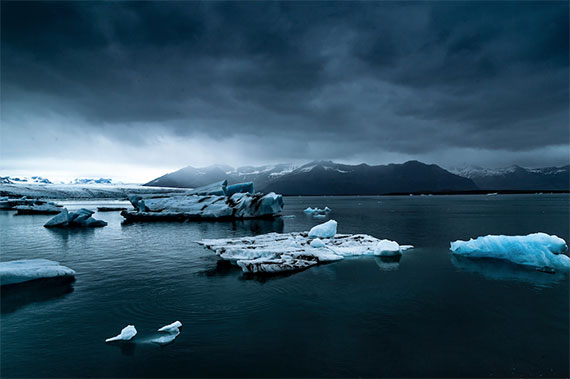
Photo by Emma Francis
Remember this: Here’s a shortlist that describes the psychological effect (the mood) of different colors.
- Blue: trust, cool, cold, calm, stable, powerful, strength, reliable
- Yellow: friendly, warm, enlightening, optimism, energetic
- Green: natural, fresh, wealth, soothing, balance, restful
- Red: loving, passion, danger, hunger, urgency, daring
- Pink: compassion, faithful, beauty, love, sensitive
What mood does the landscape photo above create in your mind? Do you think the color of this photo was chosen to set a mood?
Below is the same photo with the color corrected back to what the scene really looked like. Notice how it does effectively ruin the mood.
By skewing the color balance toward blue, the photographer created a mood of cold, isolated beauty.
Your Turn
Pick a color from the shortlist above. Plan out a photo session where you will set the mood by incorporating your chosen color. You can accomplish this with light, background, props, camera settings and even in your post-production processing.
A photograph will hold a viewer’s attention longer and set a mood when it touches as many of the senses as possible, including sight, sound, taste, smell and feel. When a photo touches these senses, what we are talking about is the concept of mood.
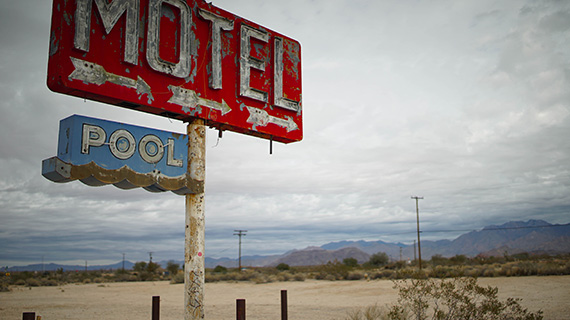
Photo by Tina Hand
In the motel signage photo above, we can easily see the desolate landscape. Can you also imagine running your hand down that pole and feeling the rusty scratches? Can you hear the wind whistling across the landscape? Perhaps some of the sand hits you in the face, cuts across your lips, and you taste the earth’s saltiness.
What do you smell? When I look at this photo, I smell old grease from a diner and a faint whisper of aging pool chlorine.
This photo sets a very distinct mood, and a big part of that is in the post-processing. The tones were left flat, and the colors unsaturated to create an atmosphere of deserted isolation.
Here’s an exercise to stretch your thinking when it comes to creating a mood in photography.
Select a photograph from your portfolio that you believe has a distinctive mood. Now, using post-processing, change the feeling of the image to something completely different. When completed, share both versions with family and friends. Ask them to describe how they feel when viewing your two different versions of the same picture.
Key Thought: When photographing people, the most influential elements to establish mood are facial expression and body language.
A critical component of mood in photography is your choice of the camera angle. The right camera angle can set a mood or ruin a feeling that you’re trying to create.
Remember This: When photographing people, a camera angle that looks up at the subject sets a mood of power and control. Looking down at a subject sets a feeling of submissiveness and approachability.
Numerous mood-setting factors are working in the portrait of the young man above. They include the lighting, the chosen colors, facial expression and body language—but most importantly, the slightly lower camera angle is looking up toward the model’s eyes.
If everything were the same, except the camera angle was high and looking down on him. It would completely change the mood of the photograph.
Try this: Grab a willing subject and shoot pictures for a couple of hours. Place your model in various locations and, in each area, change the camera position to create different moods.
Weather
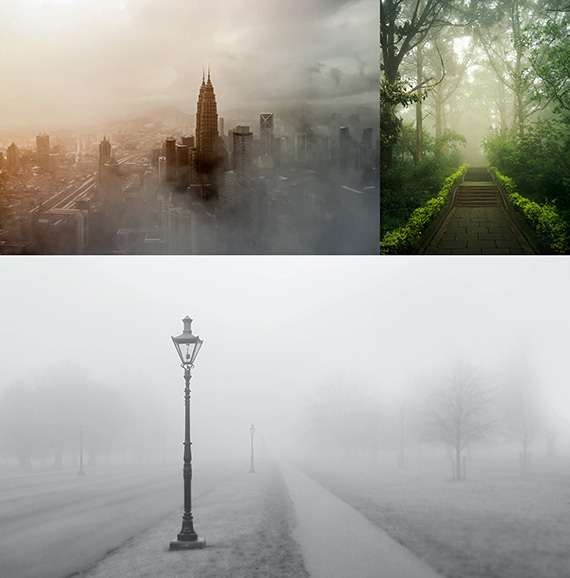
Clockwise from top left: Photos by Hassan Ishan, Sebin Thomas and Rory Björkman
No matter what genre of photography you’re creating outdoors, weather plays a critical factor in establishing mood.
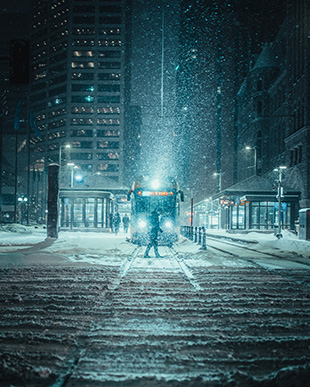
Photo by Josh Hild
Critical Thought: When the weather is beautiful, it’s easy to think about getting outside and taking pictures. However, it’s bad weather that brings drama and mood to almost any scene!
Lighting & Shadow
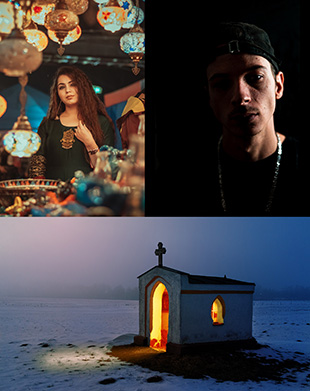
Clockwise from top left: Photos by Dollar Gill, Peri Stojnic and jplenio
These three example photos evoke an intense mood—from inviting to somber to almost scary. By carefully selecting your lighting and shadow placement, you can send a strong message to a viewer.
Don’t forget that you can alter the lighting of a scene. In the example photo of the building with the cross, the photographer placed a light source inside the structure to create an eerie mood.
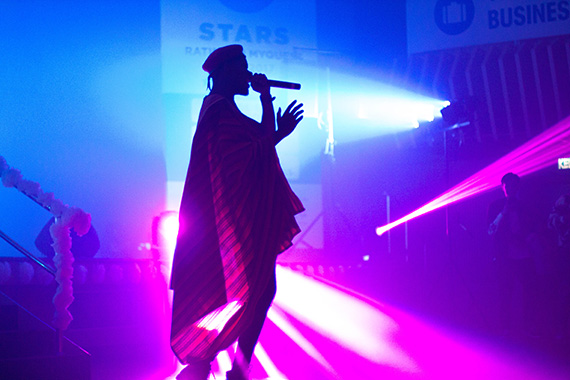
Photo by Anuvith Premakumar
Idea: In the television, movie and music industries, professional lighting directors carefully select the lighting to display a mood. By paying extra attention to these example resources, you can develop your light and shadow ideas.
Space, Aspect Ratio, & Crop
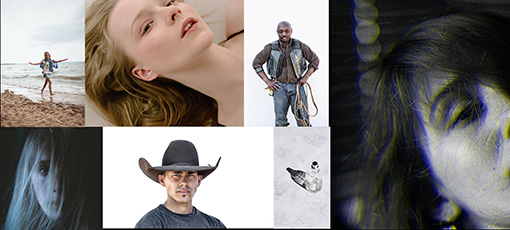
Clockwise from top left: Photos by Anastasiya Pavlova, Karina Tess, David Todd McCarty, Mahir Uysal, Mariana Beltran, David Todd McCarty and Mahir Uysal.
The use of space is an art term that describes the arrangement of objects within your final composition.
How you use the space in your photo plays a crucial role in setting a mood.
An image with a large area of negative space could indicate a mood of open airiness and happiness. A tight crop of a photo might make a viewer feel cramped and claustrophobic. Cropping off important elements, such as a face, can create tension. Squishing a picture in or dragging out in post-production can radically set a mood.
Space Experiment: Get into your photo files and select a photo that you love—but be sure to choose one that also has some negative space surrounding the subject. It doesn’t have to be a lot of space, as indicated in the cowboy portrait below.
Now, try cropping your picture into a variety of images. Use different aspect ratios. Divide up your use of space differently. Get super-creative and do what you would typically consider an oddball crop.
When you’ve created six versions, look at them side-by-side. Does the mood change? Could you also alter the color or tone of your picture for even more mood effect?
Critical Thought: Creating a mood with your photograph involves many different aspects of the process. However, one that you may overlook is the final presentation. This advice includes your use of space, aspect ratio, lens choice and cropping.
Creating Mood with Motion

Photo by Vince Fleming
Activity, a motion of any kind, can add a definite mood to a shot. Sports or school activities are fantastic arenas to practice this form of capturing a mood.
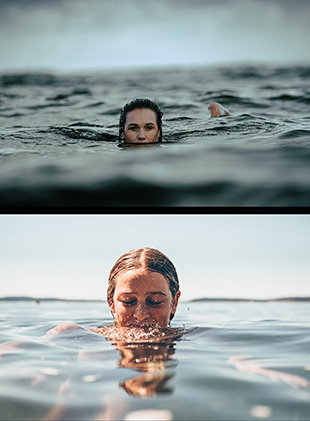
From top: Photos by Marcis Berzins and Erik Dungan
Here are two photographs involving motion that are almost identical in terms of subject matter—and yet they each convey a very different mood.
Critical Thought: When putting mood into your photographs, rarely will one suggested technique work well. It typically requires several techniques to drive your point home. The above photos both use motion. However, they differ in color, light, shadow and the use of space.
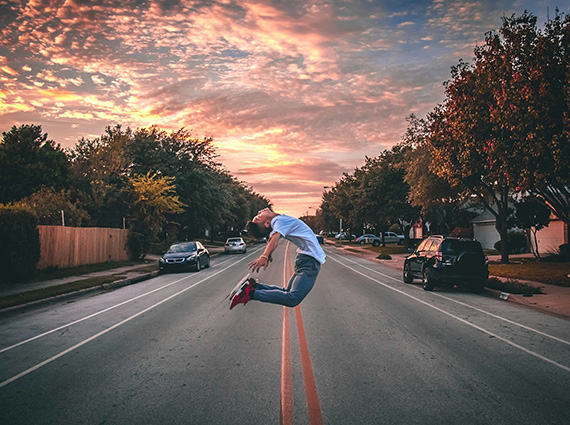
Photo by Harry Quan
When trying to establish a mood, don’t be afraid to direct some motion specific to your need!
Conclusions
- A mood is created when a viewer of your photo feels something and places themselves at the moment.
- Color plays a significant role in setting a mood. So much so that entire industries are devoted to the study of color theory!
- When trying to establish a mood, don’t send mixed signals. Every aspect of your shot should push toward your chosen atmosphere.
- A photo will grab attention and signal a feeling when it touches as many of the viewer’s senses as possible: sight, sound, taste, smell and feel.
- When photographing people, pay attention to both the facial expression and the body language when setting up a mood.
- Your camera angle is important. Think about whether you’re looking up or down on the subject.
- Weather is a fantastic mood-setter. Go outside when the weather is acting up!
- When considering your use of lighting and shadow, ask, “What would a movie director do with this?”
- Lens compression or expansion along with format ratio and cropping can drastically change the mood of a photo.
- Motion almost always generates the potential for atmosphere. However, it must often be used in conjunction with other techniques to work fully.
It’s time to grab your camera and capture some mood!
About the Author:
Kent DuFault is an author and photographer with over 35 years of experience. He’s currently the director of content at the online photography school, Photzy.com
For Further Training, Deal Ending Tonight:
It’s a photographer’s secret weapon! Color photography can actually change the emotional state of a person viewing a particular photograph. In this in-depth eBook, you’ll uncover the true ‘story’ behind memorable, fascinating, & impressive color photography. It is currently 71% off until the end of the month, May 31.
Properly executed – color photography can influence a viewer in a subconscious, ingenious, and an undeniably amazing way. It’s fun to learn by doing. This 165 pages practical guide is packed with Assignments, Key Lessons, and Self-Check Quizzes.
Only hours left: The Rich & Vibrant Color Photography Guide at 71% Off
Like This Article?
Don't Miss The Next One!
Join over 100,000 photographers of all experience levels who receive our free photography tips and articles to stay current:
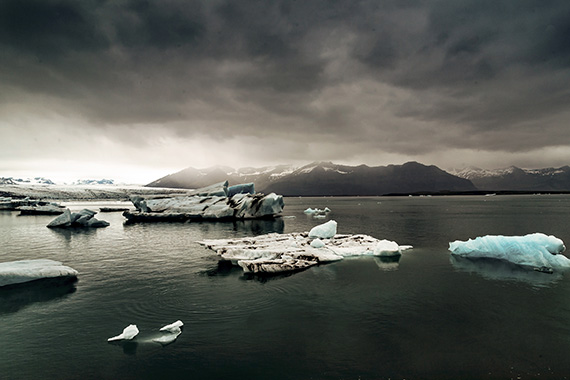
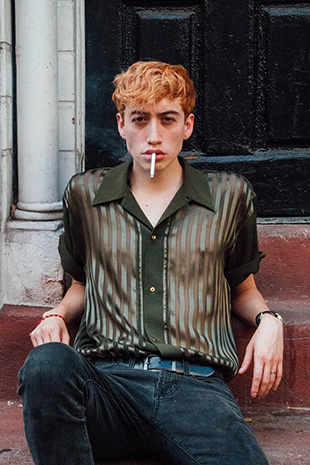
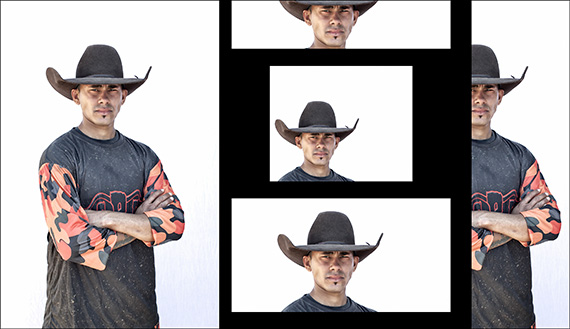
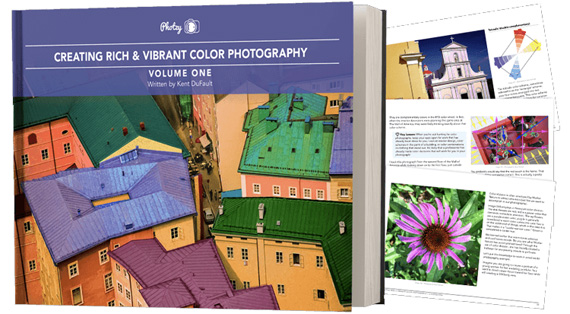





Leave a Reply